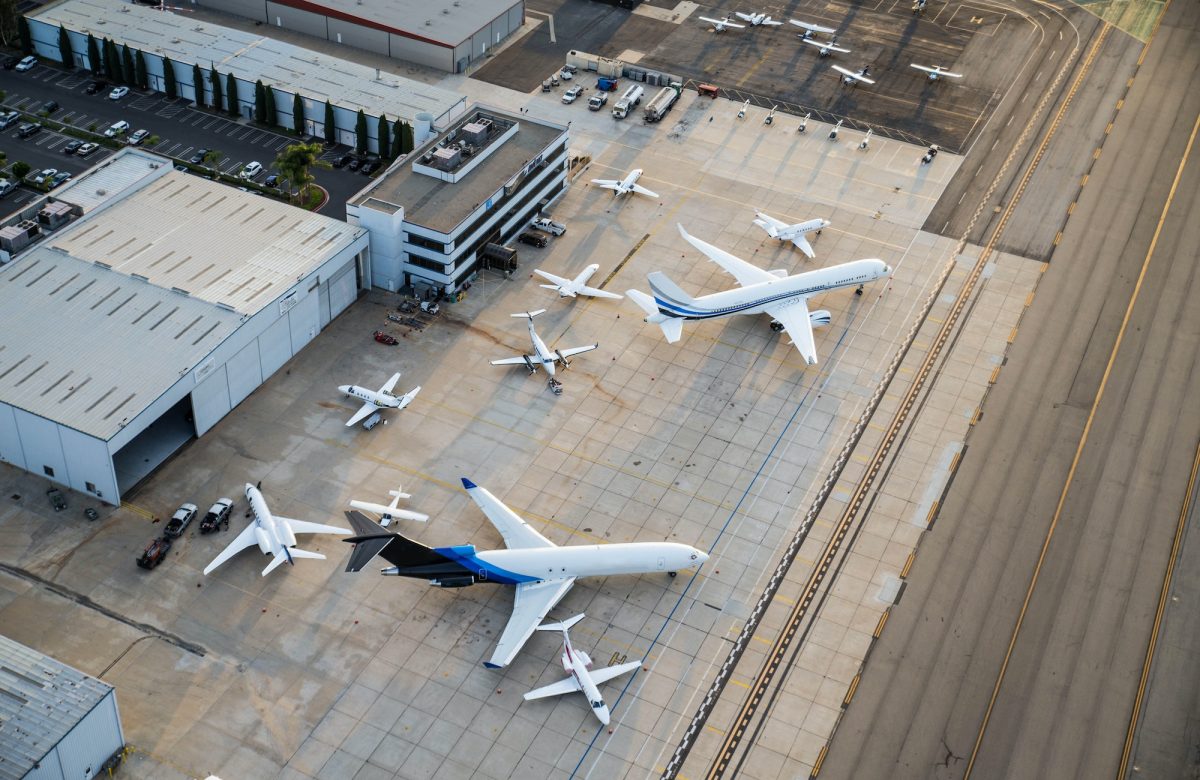The aviation industry has come a long way since the first successful powered flight by the Wright brothers in 1903. Today, commercial air travel is an integral part of our daily lives, connecting people and businesses across the world. With the integration of jets and drones in air travel, the industry is poised to make even more significant strides in terms of convenience, efficiency, and safety.
The Role of Jets in Commercial Air Travel
Jets have been an integral part of commercial air travel since the 1950s. They have come a long way in terms of technology, performance, and comfort, and continue to play a vital role in the aviation industry today.
Traditional Role of Jets in Air Travel
Jets were introduced into commercial air travel in the 1950s as a faster and more comfortable alternative to propeller-driven aircraft. They quickly became the standard for long-haul travel, offering faster speeds, higher cruising altitudes, and improved cabin comfort.
Evolution of Jets in Technology, Performance, and Comfort
Over the years, jets have continued to evolve, incorporating new technologies such as turbofan engines, fly-by-wire systems, and advanced navigation and communication systems. This has led to improvements in performance, such as increased speed, range, and fuel efficiency, as well as improved comfort, such as larger cabins and better in-flight entertainment systems.
Current Status of Jets in the Aviation Industry
Jets remain an essential component of commercial air travel, accounting for the majority of passenger traffic worldwide. With the continued development of new technologies and the growing demand for air travel, the future of jets in the aviation industry looks bright.
The Emergence of Drones in Commercial Air Travel
While jets have been a staple of commercial air travel for decades, the emergence of drones in recent years has the potential to revolutionize the industry in new and exciting ways.
Definition and Types of Drones Used in Commercial Air Travel
Drones, also known as unmanned aerial vehicles (UAVs), are aircraft that can be operated without a human pilot on board. They come in a variety of shapes and sizes, from small hobby drones to large industrial models. In commercial air travel, drones are used for a variety of purposes, including package delivery, aerial photography, and surveillance.
Potential Benefits of Drones in Air Travel
The integration of drones into commercial air travel offers a range of potential benefits, including increased efficiency, reduced costs, and improved safety. Drones can fly faster and more directly than traditional aircraft, making them ideal for short-range delivery and transportation services. They can also operate in areas that are inaccessible or dangerous for human pilots, such as natural disasters or conflict zones.
Challenges and Limitations of Drone Technology
Despite their potential benefits, the integration of drones into the aviation industry is not without its challenges and limitations. Technical issues such as limited battery life and the need for reliable communication links must be overcome, while safety and security concerns, such as the risk of drone collisions with other aircraft, must be addressed.
How Jets and Drones are Working Together
Momentum Jets explain that while jets and drones may seem like vastly different technologies, they are increasingly working together in the aviation industry to deliver new levels of convenience, efficiency, and safety.
Integration of Jets and Drones in Air Traffic Management Systems
The integration of jets and drones into air traffic management systems is a critical component of the future of air travel. By using advanced technologies such as unmanned air traffic management (UTM) systems, airlines, and aviation authorities can safely and efficiently manage the increasing volume of air traffic, including drones.
Examples of Joint Operations of Jets and Drones
Volatusdrones.ca explain that one example of the joint operation of jets and drones in the aviation industry is the use of drones for package delivery. With the ability to fly faster and more directly than traditional aircraft, Covington Hill Country explains that drones can quickly deliver packages to remote or hard-to-reach locations, reducing the need for ground transportation. The delivery of these packages can then be completed by jets for long-distance transportation, providing a seamless and efficient delivery experience for customers.
Another example is the use of drones for aerial inspection and maintenance of jets. Drones equipped with cameras and sensors can inspect and perform maintenance tasks on jets in mid-air, reducing the need for ground-based maintenance and freeing up valuable time for airlines and maintenance crews.
—
Last Word
The aviation industry is undergoing a major transformation with the integration of jets and drones. While each technology has its own strengths and weaknesses, together they offer new levels of convenience, efficiency, and safety to the air travel experience.
With continued development and refinement, the future of commercial air travel looks bright and exciting, with the potential to revolutionize the way we live and work.
